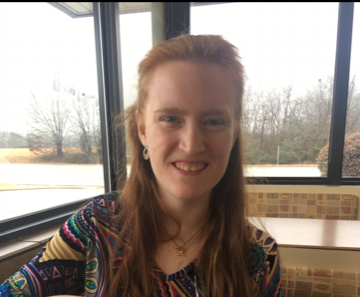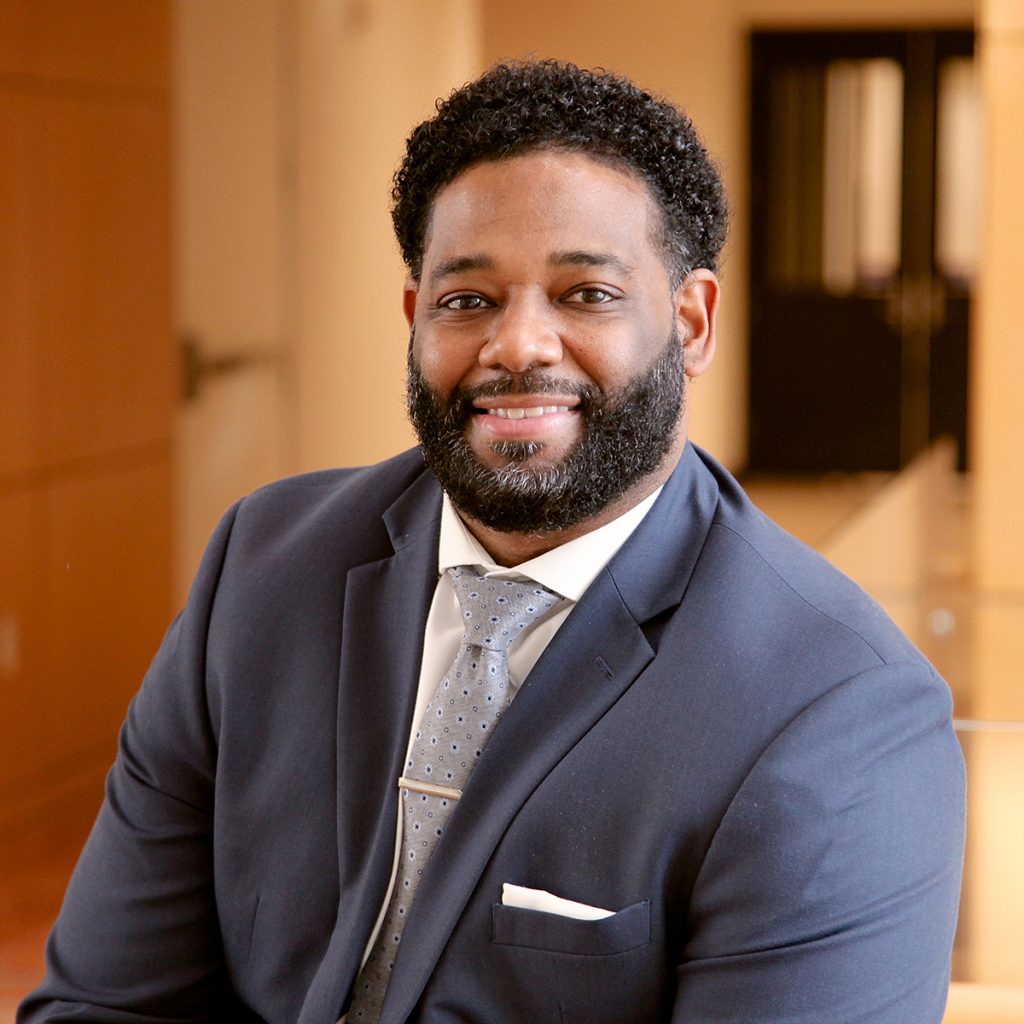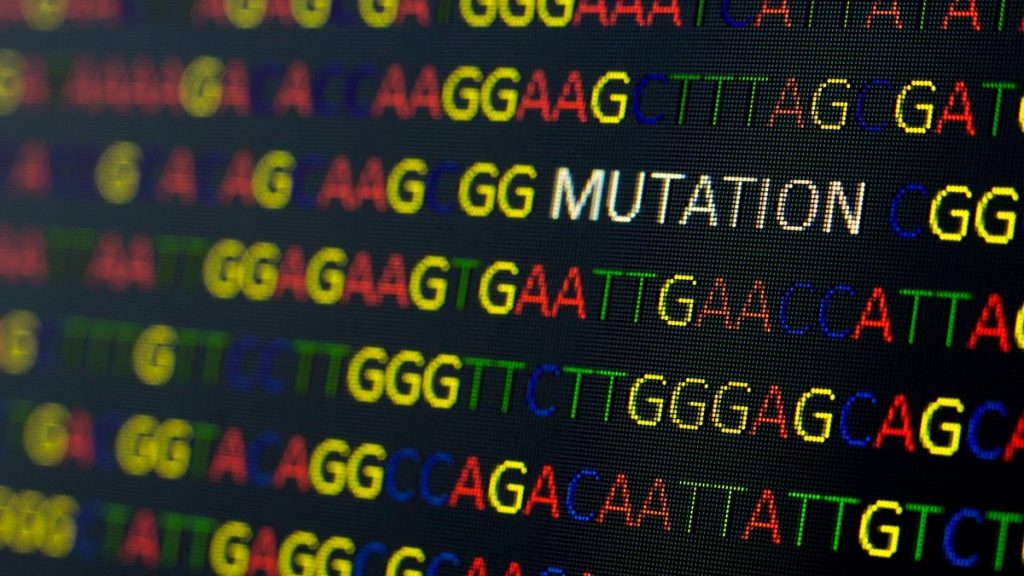Confusion, nausea, fever, anger, then back to normal. This was Lauren Vandiver’s life beginning in early childhood. Her parents, Phillip and Angela Vandiver, spent more than twenty years asking the question “why?” Why is she forgetting who we are? Why is she throwing up? Why is she so angry? They knew there had to be an explanation for their daughter’s symptoms, and they were right. However, the diagnosis would take two decades to be found.
“Where’s my mommy?”
Lauren seemed to be progressing fine as a young child. She was hitting all of her developmental milestones as an infant and a toddler, but around five years old she began showing symptoms of an unknown disorder.
“The daycare teacher called and said Lauren woke up from her nap throwing up,” said Angela, Lauren’s mother. “She had a lot of virus-like symptoms that week. She was running a low-grade fever, coughing, things like that.”
Angela remembers going to her mother’s (Lauren’s grandmother’s) house to pick up Lauren, but it was as if she was a stranger. Lauren did not recognize her at all. Her baby girl had no idea that the woman standing in front of her was her own mother.
“She just kept saying ‘where’s my mommy, where’s my mommy?’” Angela explained. “I asked my mom what was wrong she said, ‘I don’t know, she’s been like this all day, just repeating the same thing over and over.’”
She immediately called Lauren’s pediatrician who suggested she take her to the emergency room. As they made their way to the car, Lauren’s memory suddenly returned.
“She all of sudden looked at me and said, ‘Hey Mommy!’ She seemed to be alright, but my mother’s intuition told me something wasn’t right and take her to the emergency room.”
They sat in the ER waiting room until almost midnight. At this point, Lauren seemed to be okay, and Angela even considered going home. Right as the doctor was ready to see them, a new symptom appeared.
“She started this erratic talking and screaming, and even biting,” said Angela. “She was just really out of control.”
Even the doctor was shocked. Lauren had been calm the entire time in the waiting room and now, she was a completely different child. Once again, Lauren did not recognize her mother.
The doctor ran a series of tests and when they were completed, Lauren woke up from a short nap saying, “Hey mommy!”
“He said it was like a light switch being turned on and off,” her mother explained. “It’s like she loses her memory and then she’s back with us.”
The search begins
Phillip and Angela began their search for answers at the University of Alabama at Birmingham (UAB). They spent a week at UAB, during which time Lauren underwent an extensive workup, which gave them no answers. Lauren was okay for the next few months after they returned home…until she started kindergarten and new symptoms emerged.
“These symptoms were just different, weird and changed quite a bit too,” said Angela. “For instance, there were times when she would eat you out of house and home. Just when you think she was getting full, she’d have to have something else. But then the next week, she would go through periods of not eating anything at all.”
Things were getting tough for Lauren. Not only was she exhibiting new symptoms, but the initial ones were appearing more frequently, usually when she had been around children who were sick, i.e at school, a hospital or an emergency room.
“We just didn’t know what to do,” said Angela. “These episodes basically started happening pretty regularly. She missed a lot of school. When she’s well she’s well, when she’s not, she’s not.”
Battles of confusion, fever, vomiting, insomnia and trouble eating started to become the new normal for the Vandiver family, and no one knew why.
“We’ve basically done everything we could do to find an answer and get her some kind of help,” Angela explained. “We’ve gone from the Mayo Clinic, to Vanderbilt, to an Amish doctor in the hills of Kentucky. I just knew someone somewhere has to know a little something. We’re going to meet the right person one of these days.”
And they did, less than an hour away from home.
Finally, the diagnostic odyssey ends
By now it was 2018 and Lauren was 28-years-old, still suffering from her undiagnosed symptoms. Fortunately, not for long.
While searching for jobs online for her son Clint, Angela came across the HudsonAlpha Institute for Biotechnology in Huntsville, Ala. HudsonAlpha opened the Smith Family Clinic for Genomic Medicine in 2015 to use genomic sequencing to diagnose patients like Lauren who have undiagnosed or misdiagnosed conditions.
“Something about HudsonAlpha popped up and I told my son Clint that he should apply for a job,” she said. “He called me back and said ‘Momma, you need to take Lauren to HudsonAlpha! I think they may be able to help her.’”
One call to the clinic, and a few days later, Angela received news from David Bick, MD, geneticist at the Smith Family Clinic, that Lauren had been accepted as a patient.
“When Dr. Bick called, I almost fainted,” she said. “I couldn’t believe they were really going to see us because we had done everything and gone everywhere. It was just a blessing.”
The blessings did not stop there. Lauren also was eligible for the Hero Fund, which provides financial assistance to qualified Smith Family Clinic patients who need access to genomic medicine.
For nearly two decades, Lauren had undergone countless medical tests, none of which revealed a diagnosis. The Smith Family Clinic recommended whole genome sequencing, a comprehensive genetic test that had only recently moved into clinical care. Whole genome sequencing examines an individual’s entire genetic makeup and looks for changes that may lead to symptoms and disease. This type of test is a powerful diagnostic tool – especially for patients who have rare and complicated symptoms.
Whole genome sequencing gave the Vandivers the answer they’d been praying for. Lauren was diagnosed with CDKL5 disorder, a rare genetic disorder that was not discovered until 2004, 15 years after Lauren was born. Without whole genome sequencing, she would still be undiagnosed.
Changes in the CDKL5 gene result in early-onset, difficult-to-control seizures and severe neurodevelopmental impairment. Symptoms usually appear shortly after birth, and most individuals with CDKL5 are unable to walk, talk or feed themselves. Lauren has a very mild form of the condition, relatively speaking.
When they finally got a diagnosis, the family reflected on how awful it has been for Lauren, but how her condition could have been so much worse.
“She can walk, talk, ride a bike, tie her shoes, things that individuals with CDKL5 normally would never be able to do,” said Angela. “Her genome could hold answers that will help others with this condition.”
Moving forward the Vandivers are looking into possible testing and medication to help manage Lauren’s condition. For now, they’re just happy to have an answer.
“It’s been very exhausting but I always told everybody I would never give up,” said Angela. “I knew in my heart that there was some underlying cause and I’m just glad that we found it.”
If you, or someone you know, are interested in becoming a clinic patient, call 256-327-9640 or visit smithfamilyclinic.org for more information.



